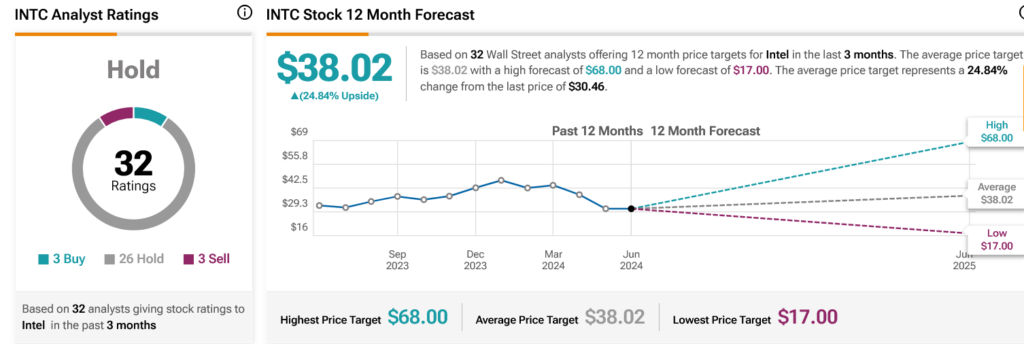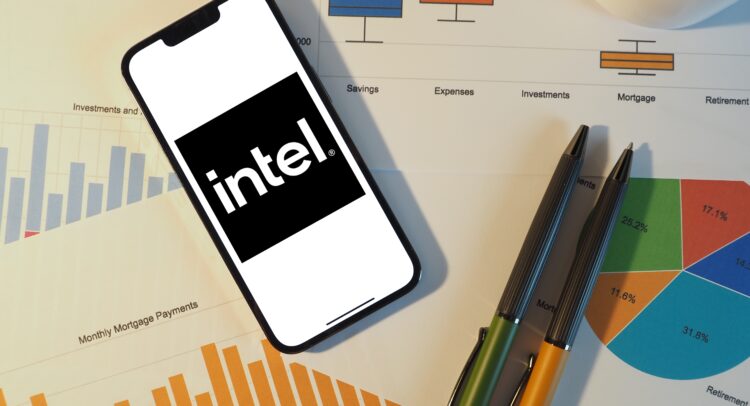We know that Intel (NASDAQ:INTC) has been king of the home PC market for some time now. While it’s faced a lot of competition from AMD (NASDAQ:AMD), it’s dealt with that reasonably well. However, there’s a new competitor getting involved, and that’s leaving Intel down fractionally in Thursday afternoon’s trading.
Elevate Your Investing Strategy:
- Take advantage of TipRanks Premium at 50% off! Unlock powerful investing tools, advanced data, and expert analyst insights to help you invest with confidence.
The competition in question comes from a somewhat unlikely source: Qualcomm (NASDAQ:QCOM). Qualcomm’s Snapdragon processors—specifically, its Snapdragon X Elite and Plus processors—have stepped up to the plate in a big way of late. Now, the Snapdragons can deliver a Windows on Arm experience that’s a match for any other, leaving Intel somewhat on the back foot.
Intel does have a distinct edge right now in terms of app compatibility—after all, developers have been making apps to run on Intel hardware for decades—but there are signs that its primacy is threatened, and Intel needs new business. Quickly.
Intel’s Gaming Troubles Persist
Meanwhile, word out of the motherboard sector about troubles with Intel processors handling games is still brisk. A report from one motherboard maker revealed in ZDNet Korea—said maker specifically requested anonymity to speak—noted that if Intel didn’t do something, and quickly, about this problem, then “sales of Arrow Lake…will decrease.” Moreover, future sales would likely be crippled as “…consumer distrust will increase.” Intel, meanwhile, is still trying to pin down the root cause of the performance issues.
Is Intel a Buy, Sell, or Hold?
Turning to Wall Street, analysts have a Hold consensus rating on INTC stock based on three Buys, 26 Holds, and three Sells assigned in the past three months, as indicated by the graphic below. After an 8.11% loss in its share price over the past year, the average INTC price target of $38.02 per share implies 24.84% upside potential.

















